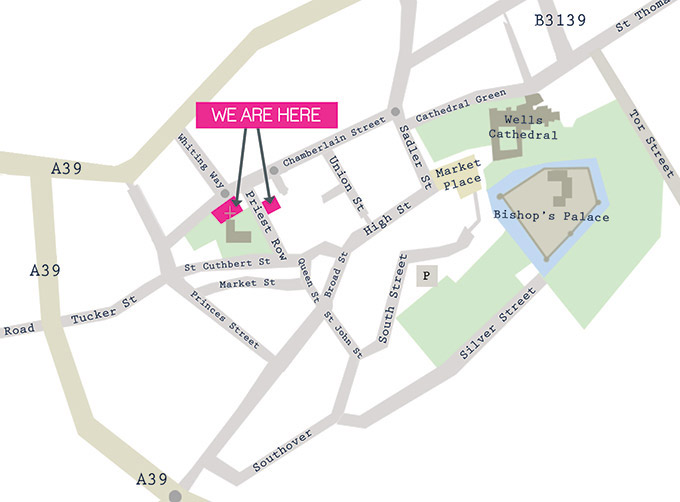What are almshouses?
 In the centuries before the introduction of the welfare state, almshouses provided an important lifeline to many communities, offering not only accommodation, but sometimes also hospital care, medical help and emergency provisions to people in difficulty. Nowadays, almshouses continue to provide affordable housing and sometimes extra care and other services for people unable to satisfy their own accommodation needs.
In the centuries before the introduction of the welfare state, almshouses provided an important lifeline to many communities, offering not only accommodation, but sometimes also hospital care, medical help and emergency provisions to people in difficulty. Nowadays, almshouses continue to provide affordable housing and sometimes extra care and other services for people unable to satisfy their own accommodation needs.
King Athelstan built the first almshouse in York in about 900AD, and the earliest one still in operation is the Hospital of St Cross in Winchester, which dates from 1132.
Most of the over 2,000 British almshouses still in existence are run by charities and together provide accommodation for more than 36,000 people. Most almshouses were founded to help those in the community who, through no fault of their own, had fallen on hard times and were usually characterised by an ethos that promoted an independent life, whilst living as part of a supportive community.
In the early years, almshouse accommodation was very simple and often amounted to a single-room cell with shared washing and cooking facilities. Residents were often required to wear a uniform and attendance at chapel or church was usually mandatory as many of the trusts responsible for the building of almshouses had a Christian ethos.
To view a copy of the Archaeological Assessment of Bubwith Almshouse Chapel by Jerry Sampson click here
Read the Holy Well Glass Report here


